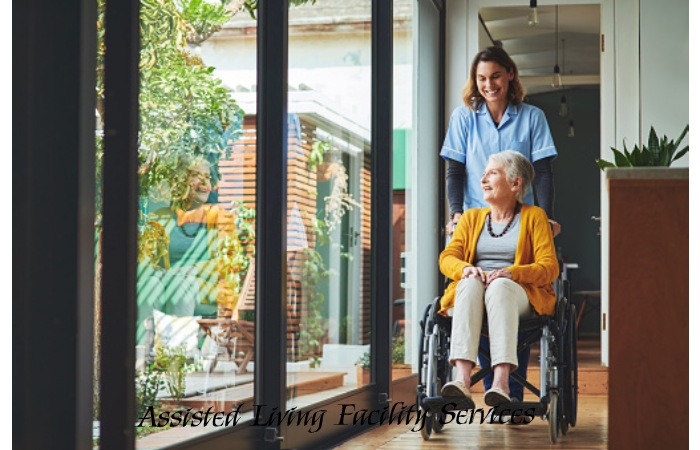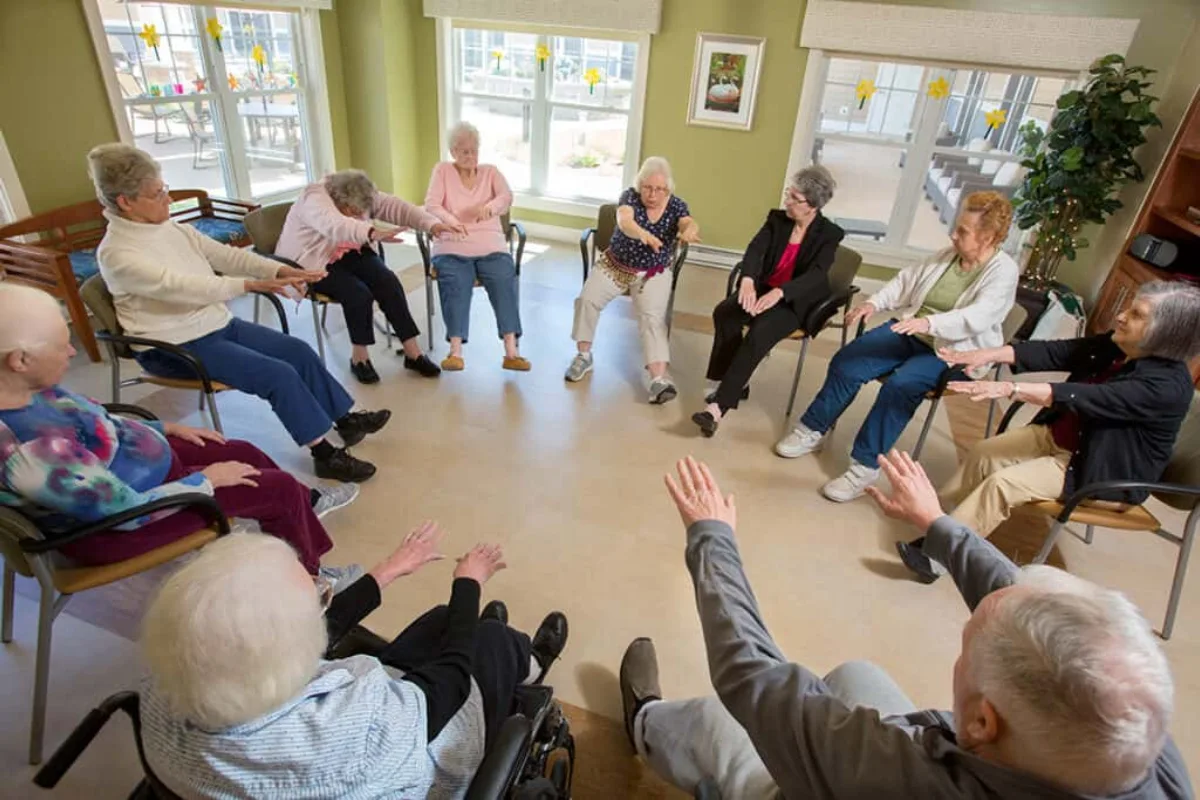Assisted Living Facilities are an excellent alternative for older adults who cannot live on their own and need help with activities of daily living, like bathing and dressing but don’t need the 24-hour care that a nursing home offers.
“Residents usually need a little help,” says Rachel Reeves, director of communications for the National Center for Assisted Living (NCAL), an industry group. “Assisted living facilities offer that assistance while maximizing your independence.”
Table of Contents
Assisted Living Facility Services

According to the freshest National Center for Assisted Living data, 28,900 assisted living facilities have nearly 1 million beds nationwide.
Centers range in size from fewer than ten residents to more than 100, with an average capacity of 33. More than half of assisted living centers are part of national chains, and also the rest are independent properties.
According to the organization, most centers provide some essential health care services.
- Access to a pharmacy: 6%
- Dietetic and nutritional guidance: 8%
- Physical, occupational, or speech therapy: 4%
- Terminal care: 7%
- Specialized nursing care: 1%
- Mental health or counseling services: 55%
- Social worker services: 1%
Some offer a specialized service for people with dementia, sometimes called memory care. Just over 14% of assisted living facilities have a particular memory care unit, wing, or floor, and also another 8.7% accept only dementia patients.
Some also offer services for people with intellectual and also developmental disabilities or particular disorders like Parkinson’s disease.
How to Find Assisted Living Centers in your Area?
Start by making a list of the centers to visit. The following resources can help you get started:
- Your state or local Area Agency on Aging ( AAA ) can tell you if your state maintains a searchable database of assisted living facilities. Many do. Use the Government’s Eldercare Locator tool (online or by calling 800-677-1116) to find the nearest AAA.
- The Yellow Pages website has helped living facilities you can search for in your zip code, city, or state.
- LeadingAge, a national association that offers services related to aging, provides a directory of services for seniors that allows you to find non-profit assisted living centers in your area that are members of LeadingAge.
- Argentum, a trade suggestion for senior living communities, offers an online directory that allows you to search for assisted living facilities by entering your zip code.
- Family members, neighbors, friends, or your loved one’s doctors can also offer recommendations.
Once you’ve compiled a list of centers, call for more information. AARP’s checklist suggests some basic questions, such as:
- What are the sizes and types of units available?
- Are there units with kitchens or kitchenettes?
- Are all the rooms private?
- Are the bathrooms private?
- Do you offer exceptional care for residents with Alzheimer’s disease or other disorders?
- Does each occupant have a written care plan, and is the person involved in creating it?
- Is a contract available detailing fees, services, and admission and discharge policies?
- Are additional services available as the resident’s needs change?
Remember that the person you are talking to will most likely be a sales or marketing representative whose job is to promote the product.
What to Look for When you Official Visit?
When you’ve pointy your angle to a low center with the services and price range you’re looking for, schedule visits to tour them and talk to managers, staff, and inhabitants. Take your loved one by you and also let them grip the talking and decision-making as much as possible.
The NCAL recommends visiting each center several times. Arrange to be there for meals and even have lunch with the residents, so you get a better idea of what it’s like to live there.
Here are some other things to expression for, according to AARP’s checklist :
- Cleaning
- A generator or alternate source of power in case of a power outage
- Sufficient common areas, such as meeting rooms and lounges
- A logical and easy-to-follow plan
- The rooms are large enough for the needs of your family member
- Rooms and bathrooms have handrails and call buttons
- Security locks on doors and windows
- Fire safety and security systems
- Services such as banks, beauty salons, or a coffee shop
- Well-lit stairwells and hallways with well-marked exits
The National Center for Assisted Living directs that you ask many questions about staff members, including their qualifications and whether they receive additional training from the center.
On your visits, observe how the employees interact with the residents. Ask about the center’s suggestions, complaints, and grievance procedures, and if they have resident and family councils to provide feedback.
Residential Facilities, Assisted Living Facilities, and Nursing Homes
- Boarding and Care Homes
- And also, Assisted Living Centers
- Nursing Homes
- And also, Continuing Care Retirement Communities

